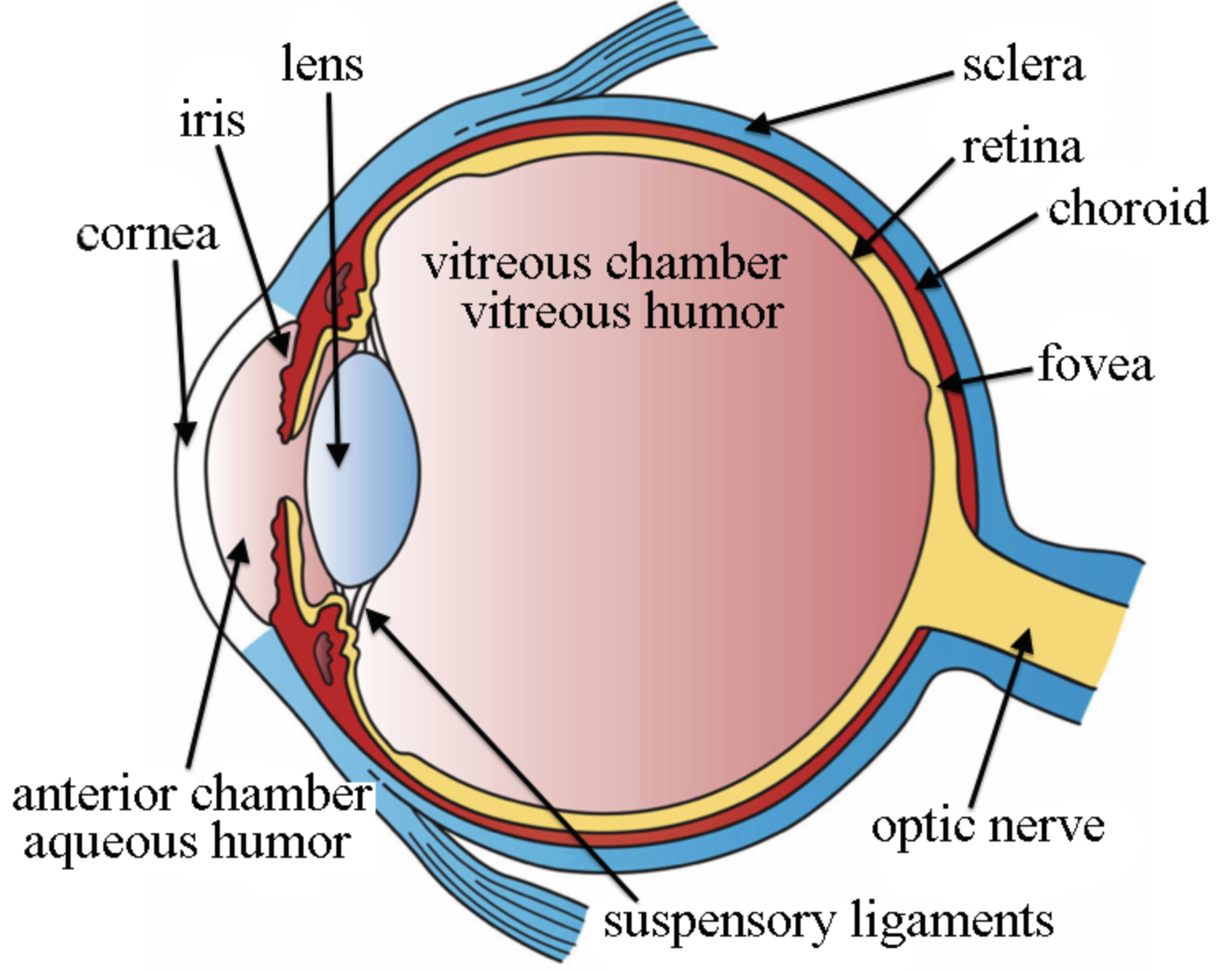A Comparative Study of the Prevalence of Myopia and the Use of Overnight Orthokeratology and Low-dose Atropine for Children in East Asia and India
DOI:
https://doi.org/10.58445/rars.36Keywords:
Myopia, Children, East Asia, India, Myopia controlAbstract
Myopia is recognized as a "major twenty-first-century public health problem," projected to affect 50% of the world's population by 2050." (Wang et al., 2020). High myopia is associated with a higher risk of sight-threatening diseases such as glaucoma and retinal detachment. It is a condition that has been increasing worldwide, especially in East Asia, where myopia rates are greater than 80% in middle and high school students (Wang et al., 2020). Myopia is more widespread in the younger generations living in urbanized Asian societies than in their Western counterparts, suggesting that the "epidemic of myopia in Asia" may be a "recent generational phenomenon" (Saw et al., 2014). This literature review summarizes pre-existing data and studies examining the prevalence of myopia and factors contributing to myopia progression in China, Japan, and India—among the countries most widely affected. As factors such as genetics, education, and diet vary between cities, regions, and countries, analyzing these variations can provide insight into strategies to prevent the growth of myopia and provide eye care accessibility to children at risk of myopia.

Downloads
Posted
Versions
- 2022-12-24 (5)
- 2022-12-24 (4)
- 2022-12-24 (3)
- 2022-12-24 (2)
- 2022-10-18 (1)

